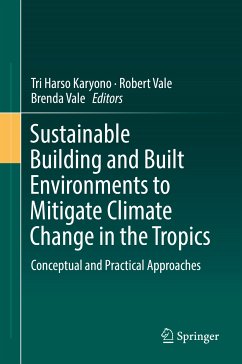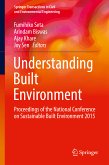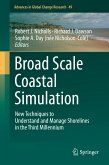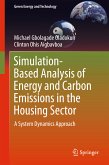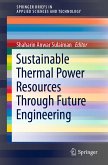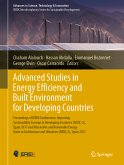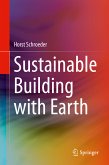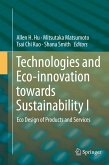This book offers a selection of the best papers presented during the International conference on Mitigating and Adapting Built Environments for Climate Change in the Tropics, held at Tanri Abeng University (TAU), Jakarta, Indonesia, March 2015.
The book is divided into four main chapters. The first part deals with the general issue of climate change, the cause and the ways to mitigate and to adapt the built environment for climate change in a number of countries. Part 2 deals with the conceptual ways to mitigate building for climate change. The ways to reduce cooling energy in tropical buildings by means of passive design. Part 3 offers papers that examine the way to overcome disasters in the city caused by climate change. The final part deals with the role of plants in mitigating and adapting built environments to climate change - the use of plants, trees and bushes to directly and indirectly reduce carbon emissions are discussed.
Dieser Download kann aus rechtlichen Gründen nur mit Rechnungsadresse in A, B, BG, CY, CZ, D, DK, EW, E, FIN, F, GR, HR, H, IRL, I, LT, L, LR, M, NL, PL, P, R, S, SLO, SK ausgeliefert werden.
Hinweis: Dieser Artikel kann nur an eine deutsche Lieferadresse ausgeliefert werden.

